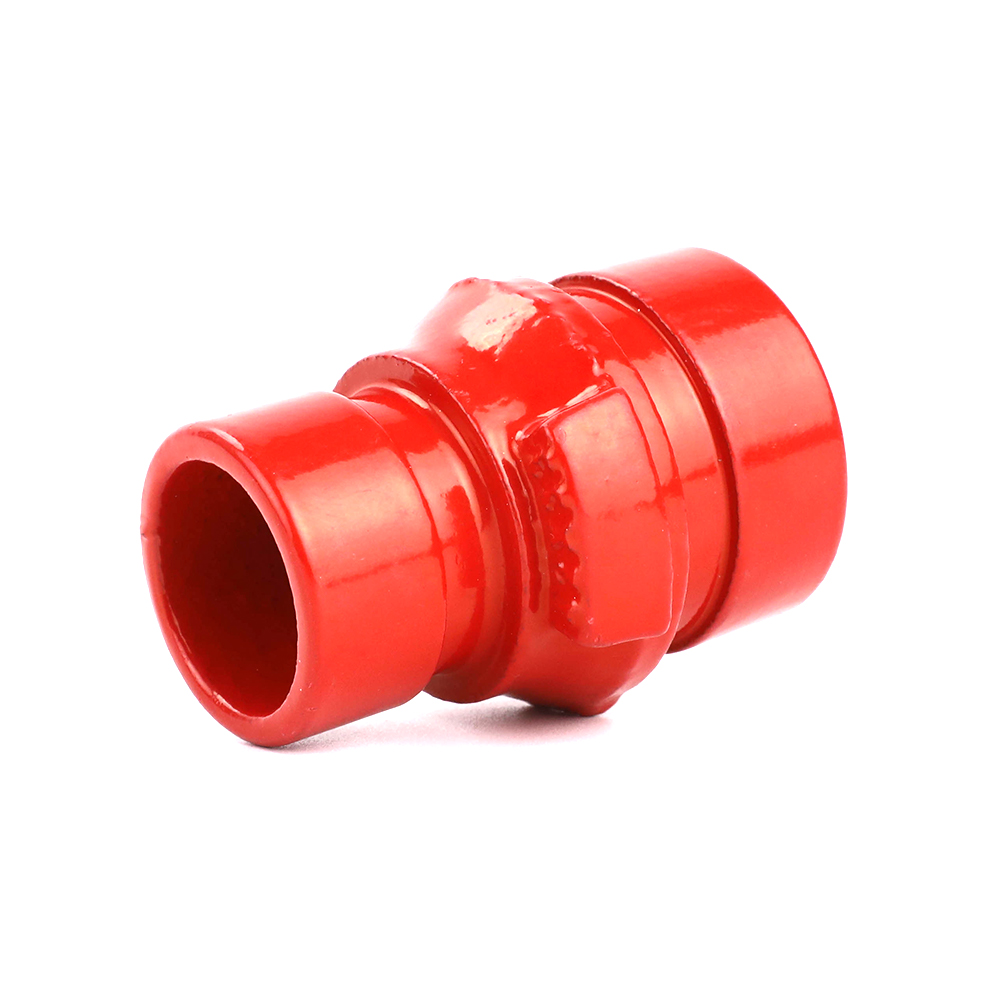Shandong Zhihua Pipe Industry Co., Ltd.
Improving the cleanliness and sterility of grooved pipe reducer is essential in pharmaceutical, biotechnology, and other industries with stringent hygiene requirements. Here are steps to enhance cleanliness and sterility:
Material Selection:
Choose materials with inherent cleanliness and sterility properties, such as stainless steel (grades like 316L or 304L) or other materials specifically designed for sanitary applications.
Smooth Surface Finish:
Specify grooved pipe reducers with a smooth surface finish, which is easier to clean and less likely to harbor contaminants. Ra values (surface roughness) should be low.
Polishing:
Opt for electropolished or mechanically polished surfaces, which further reduce surface roughness and improve cleanability.
Hygienic Gaskets and Seals:
Use gaskets and seals made from FDA-approved, food-grade, or pharmaceutical-grade materials that are designed for hygienic applications.
Clean-in-Place (CIP) and Sterilize-in-Place (SIP) Systems:
Implement CIP and SIP systems to clean and sterilize the grooved pipe system in place without disassembly. These systems use a combination of cleaning agents and high-temperature steam or sterilizing agents to ensure cleanliness and sterility.
Sanitary Design:
Ensure that the grooved pipe system is designed with sanitary principles in mind. This includes minimizing dead legs, crevices, and pockets where contaminants can accumulate.


Smooth Transitions and Connections:
Design the system with smooth transitions and connections to eliminate areas where product residue or contaminants can get trapped.
Validation and Documentation:
Implement validation protocols to ensure that the cleanliness and sterility of the grooved pipe system meet regulatory requirements. Maintain detailed documentation of cleaning and sterilization procedures.
Regular Cleaning and Maintenance:
Establish a routine cleaning and maintenance schedule to prevent contamination buildup. Use appropriate cleaning agents and procedures specified for the pharmaceutical or biotech industry.
Use of Biofilm-Resistant Materials:
Consider materials and coatings that are resistant to biofilm formation, which can be a source of contamination.
Seamless Piping:
Use seamless piping wherever possible to eliminate potential crevices and joints where contaminants can accumulate.
Use of Sanitary Fittings and Valves:
Ensure that all fittings, valves, and components within the grooved pipe system are designed for sanitary applications and easy cleaning.
Training and Education:
Train personnel on proper cleaning and sterilization procedures and the importance of maintaining cleanliness and sterility in the system.
Regular Inspections:
Conduct regular visual inspections and quality checks to identify any signs of wear, damage, or contamination.
Quality Assurance and Audits:
Implement quality assurance programs and periodic audits to ensure that cleanliness and sterility standards are consistently met.


 English
English
 Español
Español











